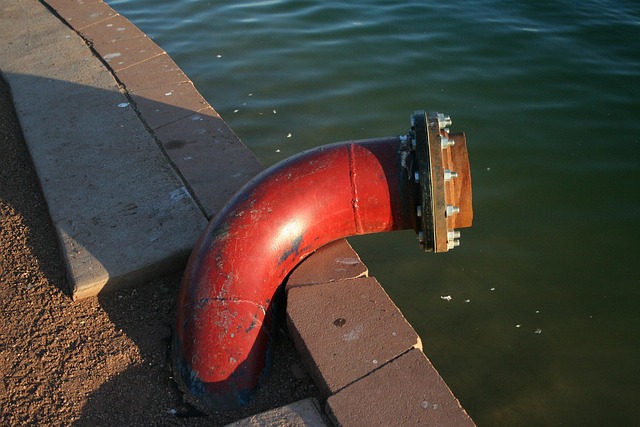DIY pipe insulation is a simple, affordable way for homeowners to boost energy efficiency, reduce bills, and maintain consistent hot water temperatures. Using heat-resistant foam or fiber glass, wrap pipes and secure with tape or clips to prevent heat loss and condensation damage. Regular maintenance ensures optimal hot water delivery and saves costs over time.
“Enhance your home’s efficiency and experience faster hot water with the simple yet powerful strategy of insulating hot water pipes. This guide delves into the world of DIY pipe insulation, equipping you with the knowledge and step-by-step instructions to get started. From understanding the benefits and basic materials required to expert tips for maximizing efficiency, learn how this cost-effective solution can revolutionize your plumbing system, ensuring consistent, hot water on demand.”
- Understanding Hot Water Pipe Insulation: Benefits and Basics
- DIY Pipe Insulation: Tools, Materials, and Step-by-Step Guide
- Tips for Effective Hot Water Pipe Insulation: Maximizing Efficiency and Speed
Understanding Hot Water Pipe Insulation: Benefits and Basics

Insulating hot water pipes is a simple yet effective way to boost your home’s energy efficiency and enjoy faster access to hot water. By wrapping pipes with insulation, you’re essentially creating a barrier that reduces heat loss, allowing water to remain hotter for longer periods. This is especially beneficial in colder climates or homes with older plumbing systems.
DIY pipe insulation offers numerous advantages, including cost savings and the satisfaction of completing a home improvement project yourself. Basic materials include insulation rolls or batts, duct tape, and possibly a hot glue gun. The process involves cutting the insulation to fit around pipes, securing it in place with tape, and trimming excess material. This simple step can lead to significant energy savings over time and make your home’s plumbing system more efficient.
DIY Pipe Insulation: Tools, Materials, and Step-by-Step Guide

Insulating hot water pipes is a simple and effective way for homeowners to boost efficiency, reduce energy bills, and get hot water faster. Many people opt for DIY pipe insulation as it’s an affordable and manageable project that can be completed in just a few steps. The primary tools you’ll need are scissors or a utility knife, a tape measure, a heat-resistant insulating material (like foam pipe insulation), and a applicator or roller. Start by turning off the water supply to your pipes, then use the tape measure to determine the length of each section that needs insulation. Cut the insulation material to fit, ensuring it covers both the outer pipe and any exposed joints or fittings. Next, carefully wrap and secure the insulation around the pipes using a utility knife or scissors to trim excess material as needed. Once covered, reattach the water supply and test for leaks. This straightforward process not only helps maintain optimal water temperature but also prevents condensation and moisture-related damage to your pipes.
Tips for Effective Hot Water Pipe Insulation: Maximizing Efficiency and Speed

To maximize efficiency and get hot water faster, proper insulation is key. When choosing a DIY pipe insulation kit, consider materials that offer excellent thermal resistance, such as foam or fiber glass. Ensure the insulation fits snugly around pipes to minimize heat loss, and remember to leave a bit of space for expansion.
Secure the insulation with tape or clips, ensuring it stays in place even if there’s movement. Regular maintenance is also crucial; check for any signs of damage or gaps over time and re-insulate as needed. By keeping your hot water pipes well-insulated, you can significantly reduce heat loss, lower heating bills, and enjoy faster access to hot water throughout your home.
Insulating hot water pipes is a simple yet effective way to boost your home’s energy efficiency and enjoy faster access to hot water. By wrapping your pipes with insulation, you can reduce heat loss, which means less time waiting for the water to heat up. DIY pipe insulation is achievable with the right tools and materials, as outlined in this guide. Follow the step-by-step instructions and tips provided to ensure maximum efficiency and speed, allowing you to focus on the things that matter most while leaving your hot water worries behind.
